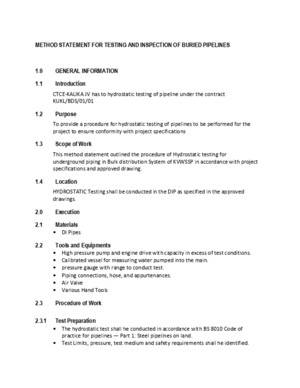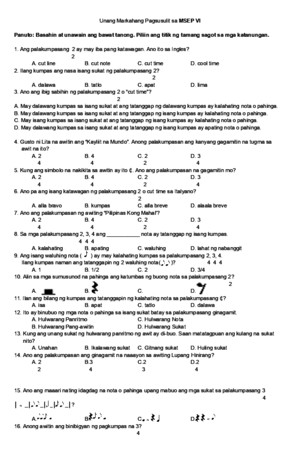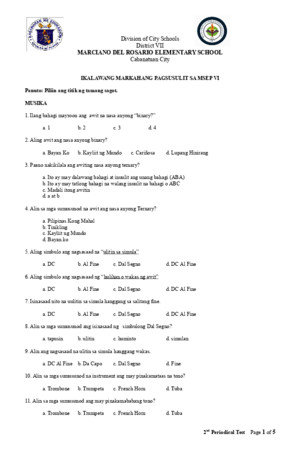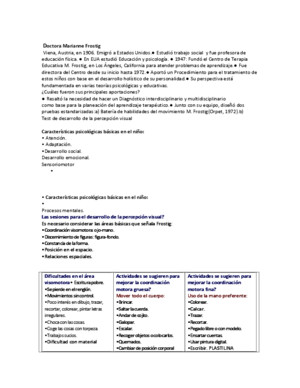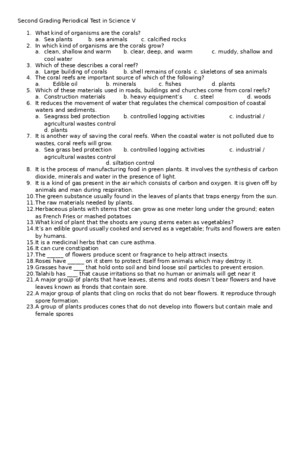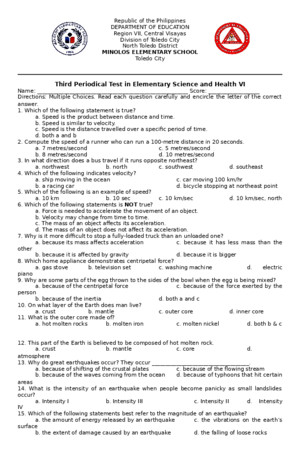Graded Exercise Testing (GXT) New
There is document - Graded Exercise Testing (GXT) New available here for reading and downloading. Use the download button below or simple online reader.
The file extension - PDF and ranks to the Presentations category.
Tags
Related
Comments
Log in to leave a message!
Description
Download Graded Exercise Testing (GXT) New
Transcripts
1 Graded Exercise Testing (GXT)Purpose of Testing (p 58 G) l Educating participants about their present fitness status relative to health-related standards and age-and gender-matched norms l Providing data that are helpful in development of exercise prescriptions to address all fitness components l Collecting baseline and follow-up data that allow evaluation of progress by exercise program participants l Motivating participants by establishing reasonable and attainable fitness goals l Stratifying risk Pretest Instructions (p 58 G)Test Environment/Administration l Temperature 70-74 degrees/ventilated l Order tests appropriately l Quiet l Private l Clean l Comfortable seat or exam table l Testing equipment working and calibrated l Clear explanation of test procedures l Demeanor –relaxed confidence Test Order l Resting Measurements – HR – BP – Height – Weight l Cardiorespiratory endurance l Muscular strength and endurance l Flexibility Maximal or Submaximal Tests? l Reason for test – Diagnosis/Evaluate S/S of CAD – Estimate VO 2 max for exercise prescription l Type of subject – Risk stratification l Availability of appropriate equipment l Personnel – Risk stratification 2 Factors Affecting Submaximal Tests l Heat l Humidity l Eating/hydration l Behavioral factors –smoking, pervious activity l Medications –RX and OTC Assumptions of Submaximal Tests(p 69 G)Submaximal Tests l Ideal –test mode consistent with individual’s primary activity l Largest source of error –estimation of maximal HR Box 4-4 General Indications for Stopping an Exercise Test in Low-Risk Adults (p 80) l Onset of angina or angina-like symptoms l Significant drop (20 mm Hg) in systolic blood pressure or a failure of the systolic blood pressure to rise with an increase in exercise intensity l Excessive rise in blood pressure: systolic pressure > 260 mm Hg or diastolic pressure > 115 mm Hg l Signs of poor perfusion: light-headedness, confusion, ataxia, pallor, cyanosis, nausea, or cold and clammy skin Box 4-4 General Indications for Stopping an Exercise Test in Low-Risk Adults Continued l Failure of heart rate to increase with increased exercise intensity l Noticeable change in heart rhythm l Subject requests to stop l Physical or verbal manifestations of severe fatigue l Failure of the testing equipment 3 Submax Testing l Perform an active cool down unless symptomatic –sit or in hook position Mode of Testing l Survey -1,400 exercise testing facilities l 1 Treadmill -71% l 2 Cycle Ergometer -17% l 3 Step -12% Treadmill Protocols l 1 Bruce -655% l 2 Balke -97% l 3 Naughton -6% l 4 Ellestad -31% l 5 Other -157% l Astrand -speed adjusted to athlete, increase grade 25% every 2 minutes after initial 3 minute stage at 0% grade Advantages of Bicycle Ergometer l 1 Portable as compared to treadmill l 2 Quieter -easy to take BP l 3 Better ECG reception and easier to take BP-less UE movement l 4 Less expensive than treadmill l 5 Requires less space than treadmill l 6 Orthopedic problems, can usually perform Disadvantages of Bicycle Ergometer 1 Leg fatigue -endpoint -lower HR and VO2 values (5-25%) at max Advantages of Treadmill 1 Higher VO2max values and heart rates -specificity2 Leg strength and early fatigue -less of a problem compared to bicycle ergometer
Recommended




